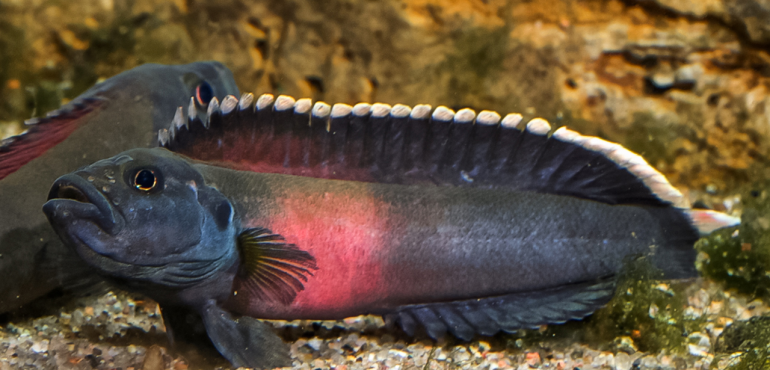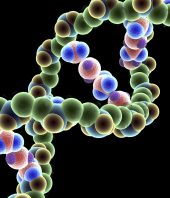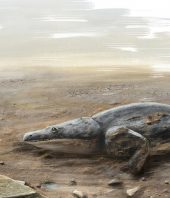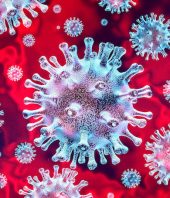The world’s largest and deadliest rapids are also crucibles of life. According to a new study, the final stretch of Africa’s Congo River—which packs five times the water flow of the Mississippi River into just 320 kilometers—has likely given birth to several new fish species since it formed some 5 million years ago. That’s impressive, because even though scientists have long known that geographical features like mountains and rivers can isolate animal populations—eventually giving rise to new species—rushing water is typically not thought to be the culprit. To find out just how different the fish of Congo’s Inga Rapids and nearby waters were, evolutionary biologists captured about 50 rock-dwelling fish known as cichlids from the genus Teleogramma. They then examined them for morphological differences and sequenced about 2% of their DNA. What they found surprised them: Just as these waters have been so deadly to people—no one had successfully run the rapids until 6 years ago—they can also be deadly to fish that try to navigate through them. Because the tumultuous currents cut groups of fish off from one another, they evolve independently and, eventually, become new species. In the new study, all known and potentially new species were separated by rapids or other hydrological features, the scientists report this month in Molecular Ecology. Two of the species live just across the river from each other, a mere 1.5 kilometers. Altogether, researchers have used DNA differences to confirm the existence of four species, including a new one they named after former U.S. President Barack Obama. But there seem to be at least two other species there as well, swimming in the eddies.
Read More: http://www.sciencemag.org/news/2017/02/africa-s-deadliest-rapids-give-birth-new-fish-species
Source: AAAS






